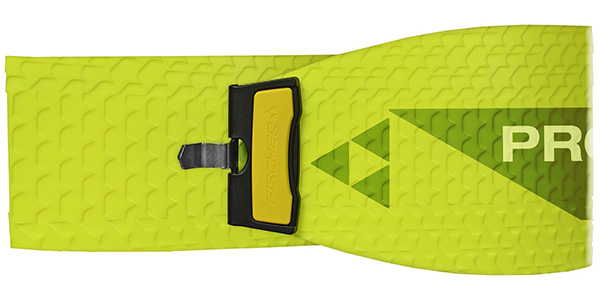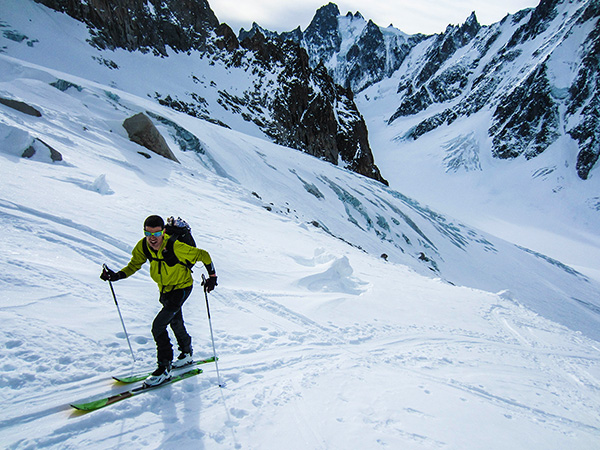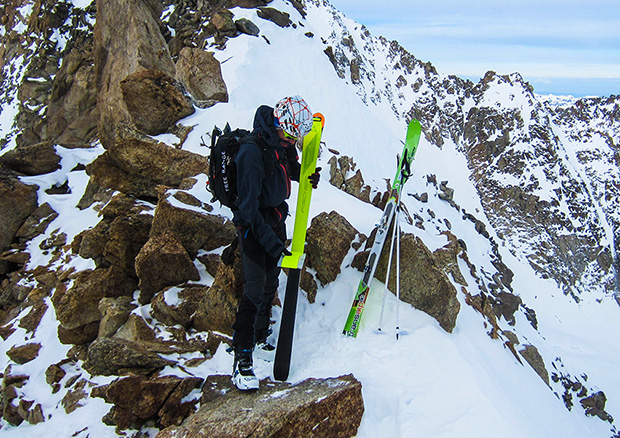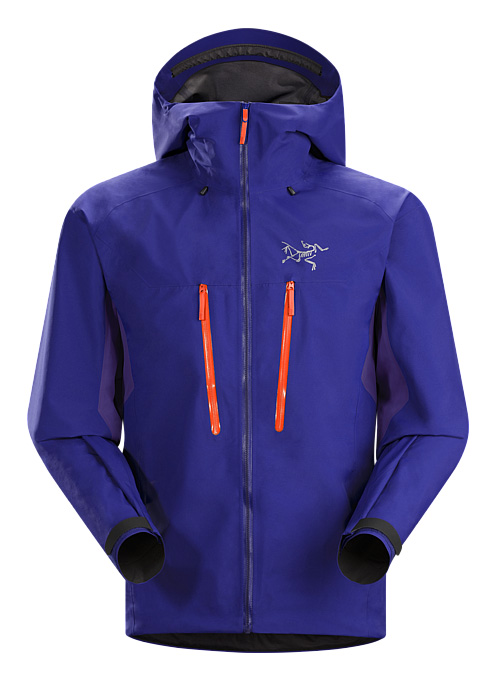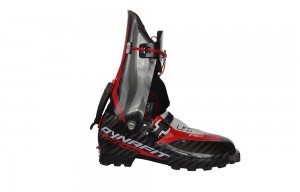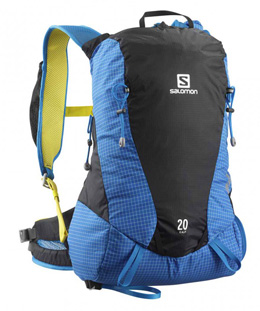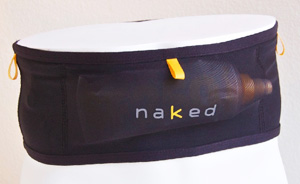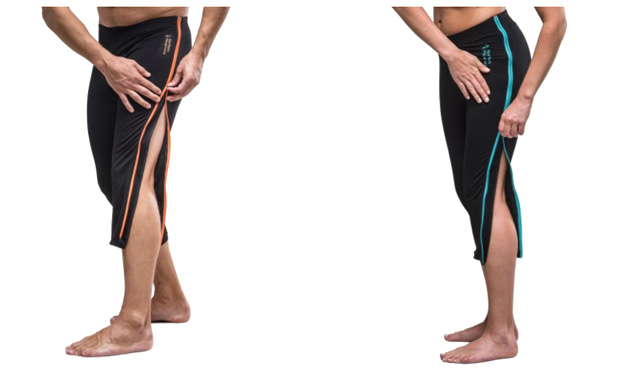
Quick overview:
Usual Retail Price: $90-110 USD depending on length and material
Material: Wool or Micro Fleece
Pant length: Available as full length tights or 3/4 knickers as well as other products (tops, underwear, socks)
Pros: Warm and comfortable long-underwear that can be removed without taking one’s boots off!
Cons: Ever so slightly short on me
Suitability: Ski Touring, Ski Mountaineering, Alpine Climbing, Hiking
Bottom Line:
Temperature regulation is important but can be difficult. Especially, if you have to decide at the car and live with your choices for an entire day. Ziplongs are a full-zip, removable long-underwear and make temperature regulation easily adjustable.
Product description and How we tested it:
Eric Carter’s review.
I generally run quite hot when I am exercising. I am the guy who has sweat through his shirt within ten minutes of leaving the car. Choosing pants is a pain because I’m almost always hot at the start, sweat a bit, and then get cold at higher, colder or windier elevations. Either I dress warm and try to move slowly or I dress cold and try to move fast to generate heat! This is especially a problem when ice climbing or doing proper ski mountaineering where you might have periods of relatively intense effort on the approach or ascent, followed by periods of relative inactivity while belaying or otherwise not moving.
Traditional long underwear is not an option because it’s a huge pain to take off your harness, boots, and pants while on the side of a mountain. Zip-on over-pants are good but are generally quite bulky.
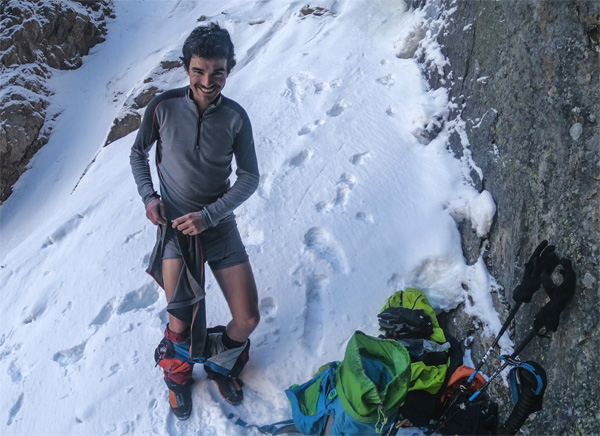
With the issues listed above, I decided to test a product from a Norwegian company Northern Playground, with their Ziplongs. Their motto is “Designed by hot Norwegians”. Ignoring the fact that it immediately brings to mind their beautiful, blond Scandinavians, it is perfect for hot British Columbians or anyone else 🙂
Instead of having to remove all your clothing and boots entirely while standing in the snow, all you have to do is loosen your harness and drop your pants. The long underwear zips right on! It sounds a bit ridiculous and there are some entertaining pictures on their website but it’s a small price to pay for being warmer at belays and not getting soaked in sweat on the approach.
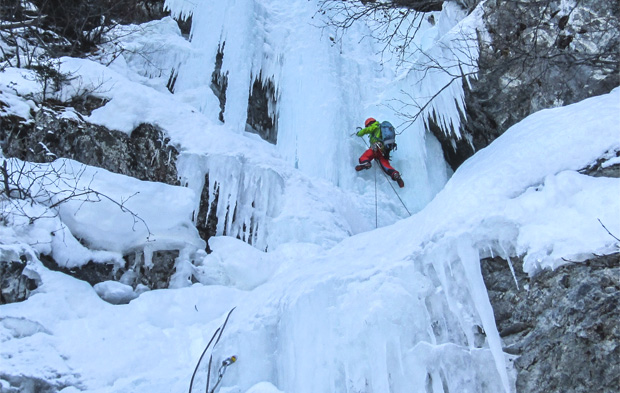
Northern Playground agreed to send me a pair to test out so I’ve been playing with both the Microfleece and Wool options in the 3/4 length size. I’m almost universally a size medium at 6ft and 33in waist. This put me in a Medium for the Ziplongs as well.
My first impressions was that they are very comfortable. Both fabrics feel good against the skin. No itchiness from the wool. The length is slightly shorter than I was expecting. I didn’t want the full-length version because I figured it would be harder to fit on with pants around the ankles and high boot cuffs. The 3/4 version goes to just below the knee and only a few pairs of socks I own go that high. This means that sometimes, depending on my socks, there might be a gap between fabrics. This is really my only complaint and since I haven’t tried the full-length version, I can’t say for sure that they wouldn’t solve the issue.
Using Ziplongs in the field is no problem. For ice climbing, I wore my shell pant from the car and upon arriving at the first belay I dropped my pants and zipped on the Ziplongs. They kept me warm all day. Another day out ski touring, the morning was warm and windless so I started with just a light soft shell pant. Once we got high on a ridge in the alpine, I started to get really cold. I had to find a rock to hide behind to put my Ziplongs on but after a brief arctic blast, I was comfortable again and ready to continue on.
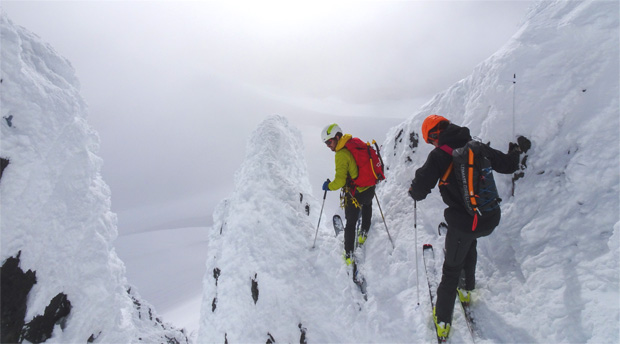
The difference between Microfleece and Wool seems negligible. Both are very comfortable and as far as I can tell, provide about the same amount of warmth. The wool is slightly less bulky so I’d choose that option in the future.
I should also mention that the construction of the underwear is very impressive. Clean stitching and obvious attention to detail. I was worried about having a harness on and that it would push the zipper into my skin. They have included nice fabric flaps over the zipper that make it unnoticeable. I haven’t had any issues with the zipper separating in use.
Coming from Norway, I expected the cost to be fairly high but comparing to other (non-zip) wool products, they are nearly equivalent – if you don’t mind paying for Patagonia or IceBreaker, the Ziplong is no more expensive.
I also tested a pair of their Wool Ski Socks. They perfectly overlap with the 3/4 tights and are a moderately padded sock. I am prone to heel blisters and haven’t gotten any wearing these. With about 25 days of use, the socks are not showing much wear-and-tear. I will reserve my conclusions on durability for a little longer though. In the mean time, I can sum up the socks by saying: they are warm, comfortable to wear, and they fit well.
Overall impressions on Ziplongs: In my opinion, Ziplongs are an awesome idea for the hot alpinist or ski tourer who wants an option to layer up or down their lower body without the hassle of removing boots. The Ziplong is high quality and comfortable, and after testing out their 3/4 tights and Wool Ski Socks, I wish I had asked for one of everything in their line.
What can be improved:
Sizing maybe just slightly smaller than most. Ziplong Tight might interact better with more sock combinations than 3/4 length.
Buying Northern Playground Ziplongs:
- at Backcountry.com – Wool and Microfleece versions
- directly from Northern Playground


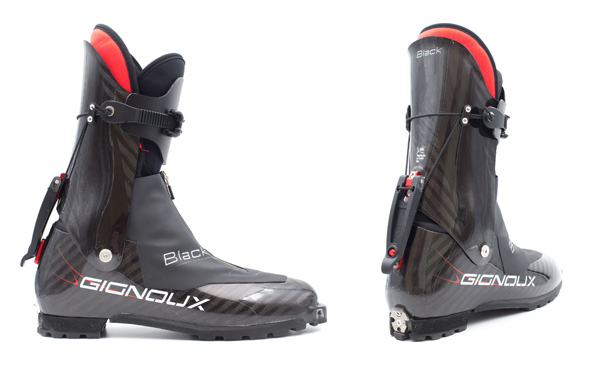
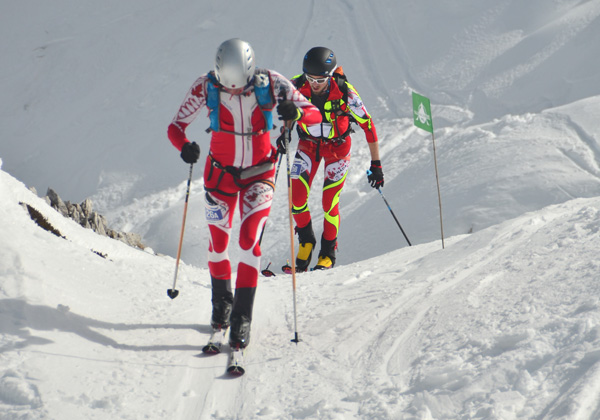
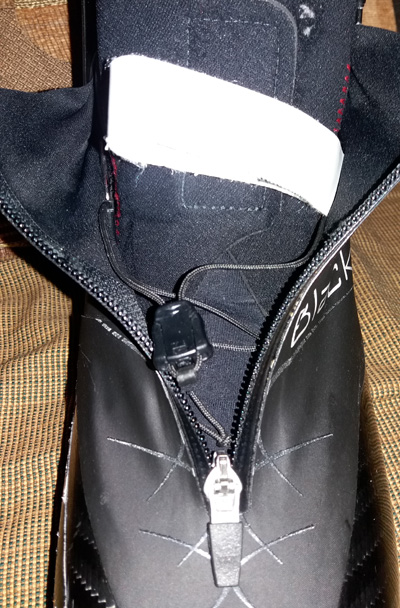
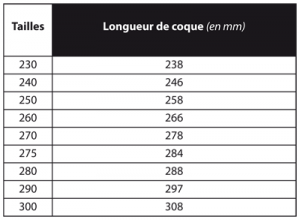

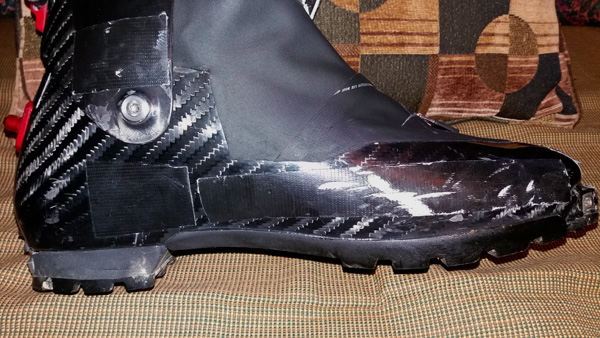
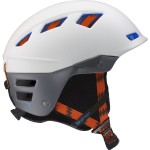
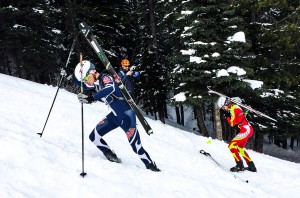
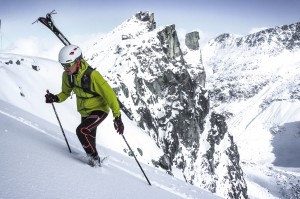
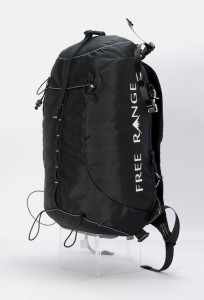
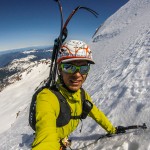
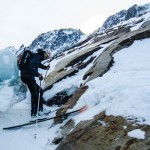
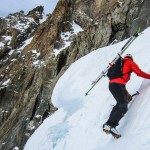
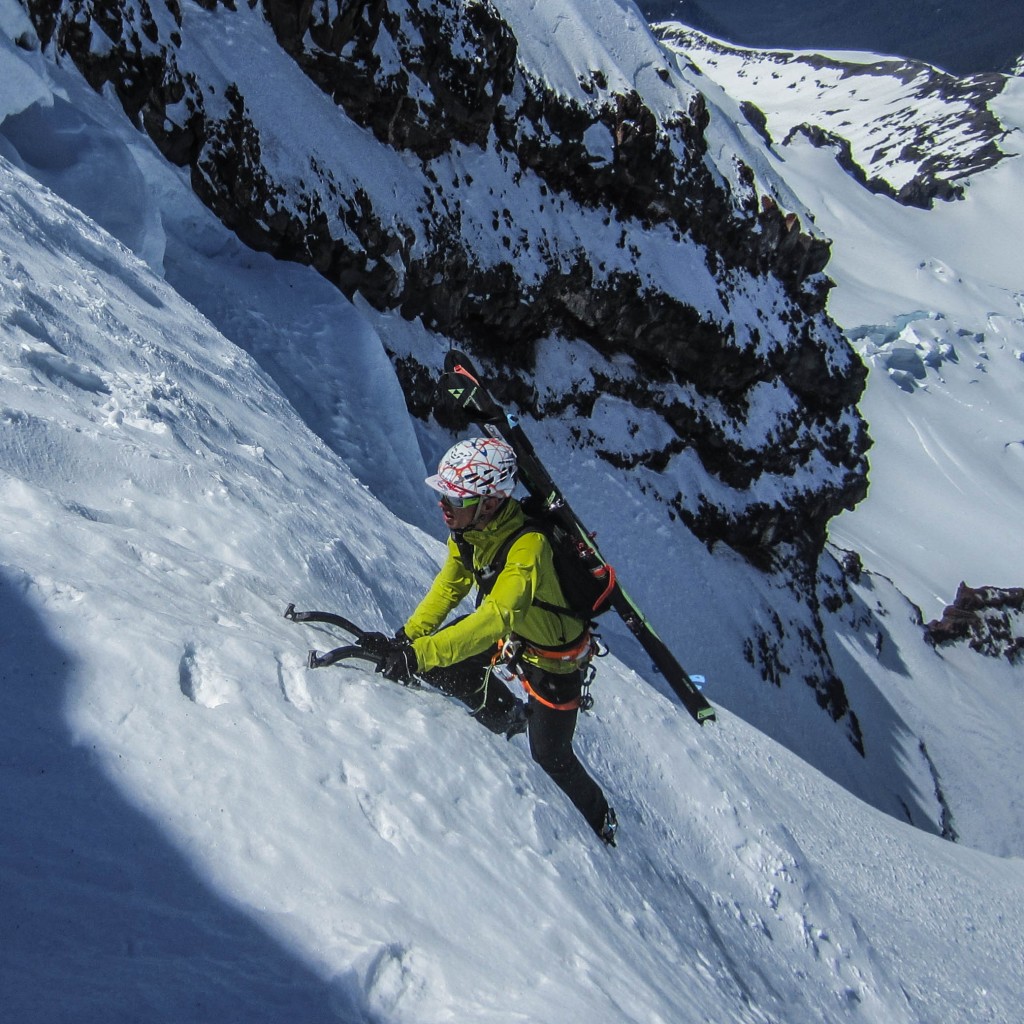
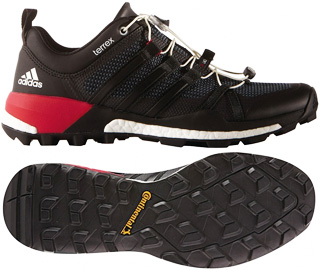 Quick overview:
Quick overview: